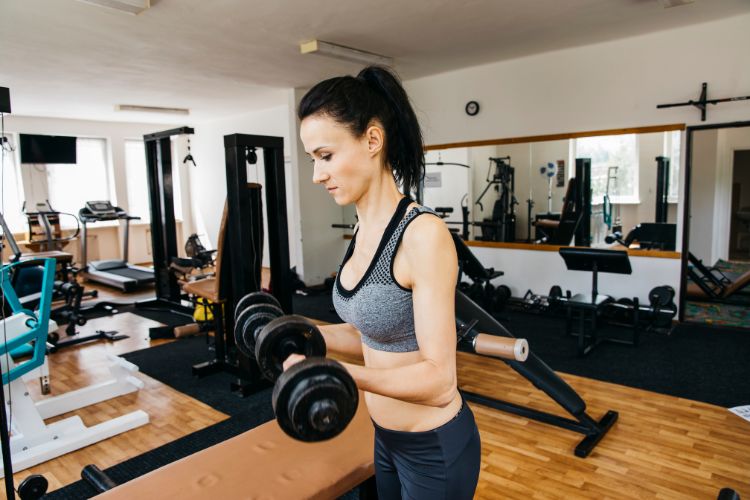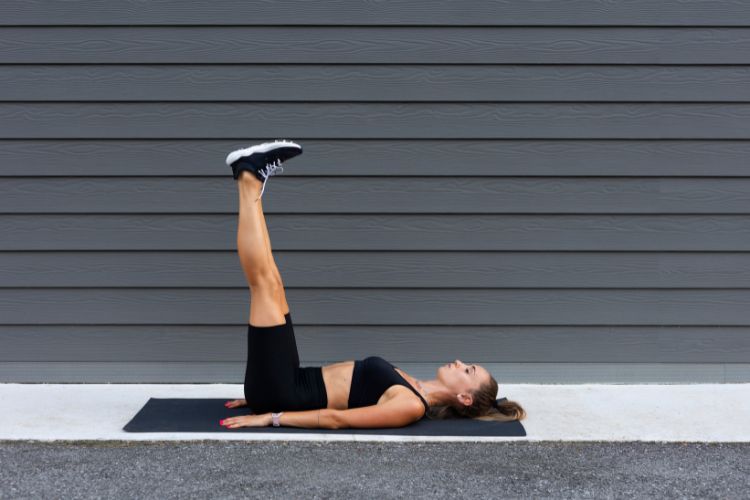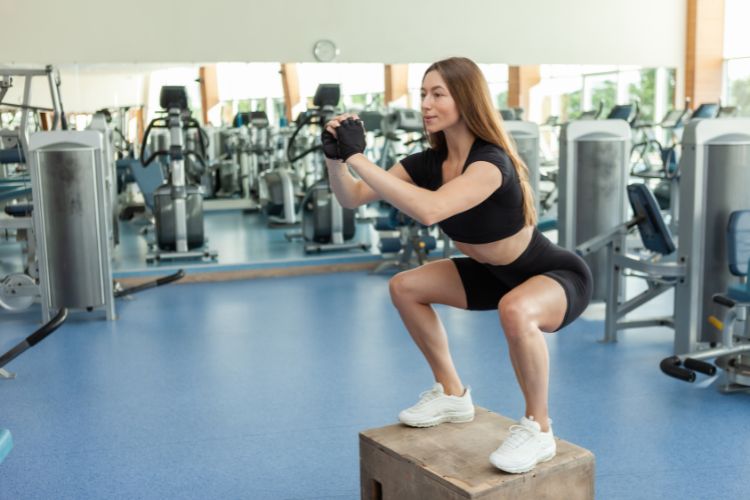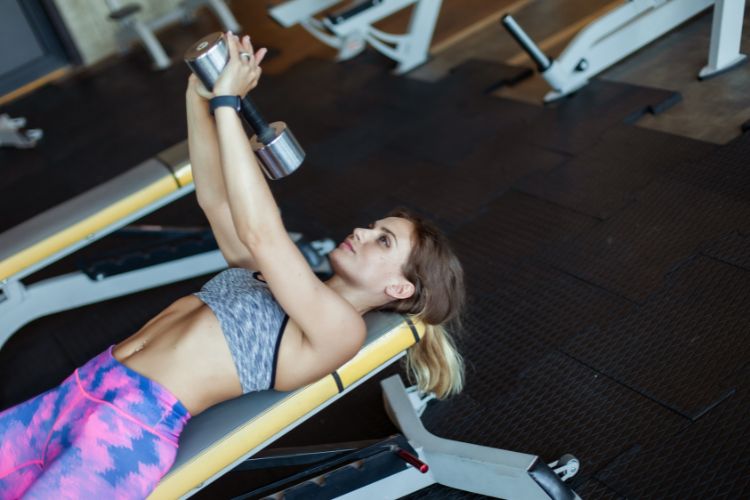Sign up for workout ideas, training advice, reviews of the latest gear and more.






If you’re targeting the elusive lower abdominal muscles, leg raise workouts are an unbeatable tool in your fitness arsenal. While many core exercises work the upper or middle abs, leg raises zero in on the lower section, a stubborn area for fat and muscle definition. In this blog post, we’ll explore why leg raise for lower abs are so effective, how to do them properly, their variations, benefits, and how to build a complete lower abs workout routine with leg raises at the core.
The lower abdominal muscles are part of the rectus abdominis — the long muscle that forms the “six-pack.” While it’s a single muscle group, specific exercises can emphasize different regions of it. Lower abs are particularly challenging to tone because:
That’s where leg raises come in — they directly target the lower portion of the abdominal wall by forcing you to lift and control the weight of your legs using your core.
Leg raise exercises offer several advantages for your fitness goals, especially when it comes to strengthening and defining the lower abs.
Leg raises emphasize the movement from your hips, forcing the lower abs to stabilize and lift the legs. This contraction strengthens and defines the lower abdominal region.
Leg raises train the deep core muscles, including the transverse abdominis, which helps stabilize the spine and improve posture.
Most leg raise variations require nothing more than a mat, making them ideal for at-home workouts or minimalist training routines.
From beginners to advanced athletes, leg raises offer a wide range of modifications and progressions — including hanging leg raises, weighted leg raises, and Pilates-based variations.
Before diving into variations, it’s essential to master the basic lying leg raise, which forms the foundation for all other versions.
To keep your workouts dynamic and continuously challenging, try incorporating these popular leg raise variations.
A more advanced version that recruits more stabilizer muscles.
How to do it:
Pro Tip: Start with bent-knee hanging raises if you’re a beginner.
A hybrid move that hits the lower abs hard.
Steps:
Adding dumbbells or ankle weights increases resistance and muscle activation.
Tip: Place a dumbbell between your feet or use resistance bands for added intensity.
Short, rapid pulses at the top of your leg raise boost muscle fatigue.
How to do it:
These involve alternating leg movement and are great for endurance and lower ab toning.
Flutter Kicks:
Scissor Kicks:
Want a complete workout? Here’s a leg raise-based lower abs circuit that you can do at home or at the gym. No equipment required.
| Exercise | Duration/Reps | Rest |
|---|---|---|
| Lying Leg Raises | 15 reps | 20 sec |
| Reverse Crunch + Leg Raise | 12 reps | 20 sec |
| Flutter Kicks | 30 seconds | 15 sec |
| Pulse Leg Raises | 15 pulses | 15 sec |
| Scissor Kicks | 30 seconds | 15 sec |
| Weighted Leg Raises (optional) | 10 reps | 30 sec |
| Hanging Leg Raises (or bent-knee version) | 8–10 reps | 30 sec |
While leg raises are highly effective, they shouldn’t be your only core workout. To get the best results:
Pair leg raise workouts with:
This ensures your entire core — not just your lower abs — is strong and balanced.
Remember: Abs are made in the kitchen and revealed with cardio. To see those defined lower abs, you need to reduce body fat with:
For best results, aim to include lower ab training 3–4 times per week. Allow rest days to prevent overtraining and give your muscles time to repair and grow.
Even if you master every leg raise variation, your abs won’t show without the right nutrition strategy.
Keep your calorie intake slightly below maintenance if your goal is fat loss.
While generally safe, leg raises may not be suitable for individuals with:
If you experience discomfort, consider modifications like bent-knee raises or consult a physical therapist.
To get the most out of your lower ab workouts:
It’s better to perform fewer reps with perfect form than to rush through many.
Mentally focus on contracting your lower abs with each rep to improve activation.
To avoid plateaus, change up your routine by switching between different variations or adding resistance.
Absolutely. Leg raise workouts are one of the most effective movements for sculpting the lower abs when done with control and consistency. Whether you’re a beginner looking to flatten your belly or an advanced athlete aiming to chisel your six-pack, leg raises are a must-have in your core training arsenal.
Answer: With consistent training and proper nutrition, most people begin to see visible core definition in 4–8 weeks, depending on their starting body fat percentage.
Answer: For the lower abs, leg raises are generally more effective than crunches, which focus more on the upper abdominal region.
Answer: Leg raises strengthen and tone the lower abs, but spot reduction isn’t possible. Combine leg raises with a fat-loss nutrition plan and cardio to burn overall body fat.
Stay up to date on the latest women’s health, fitness and lifestyle trends and tips.